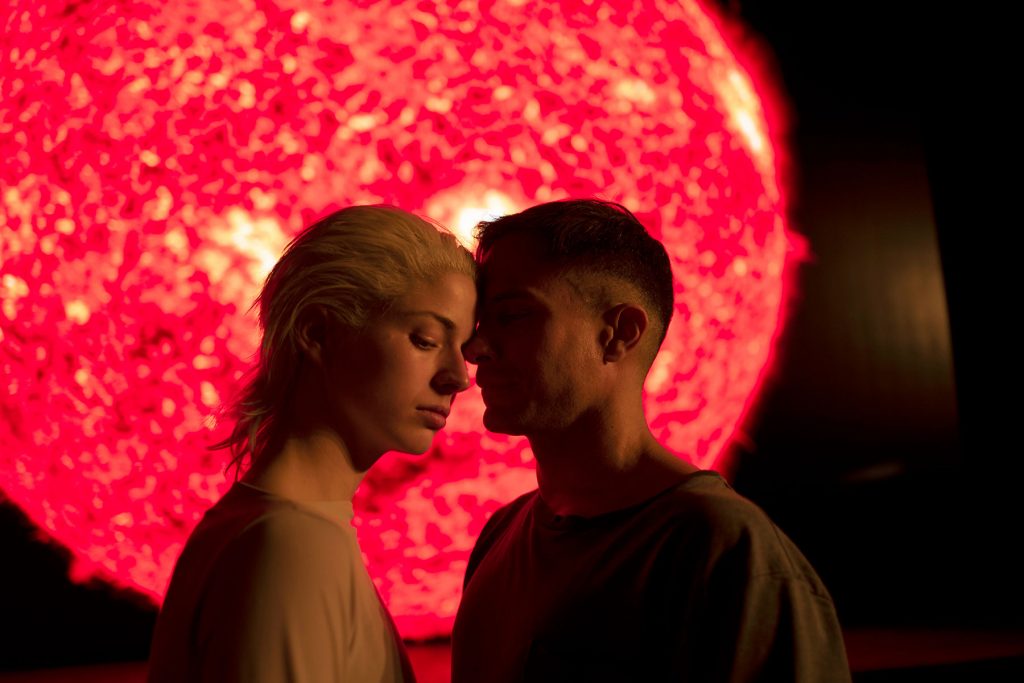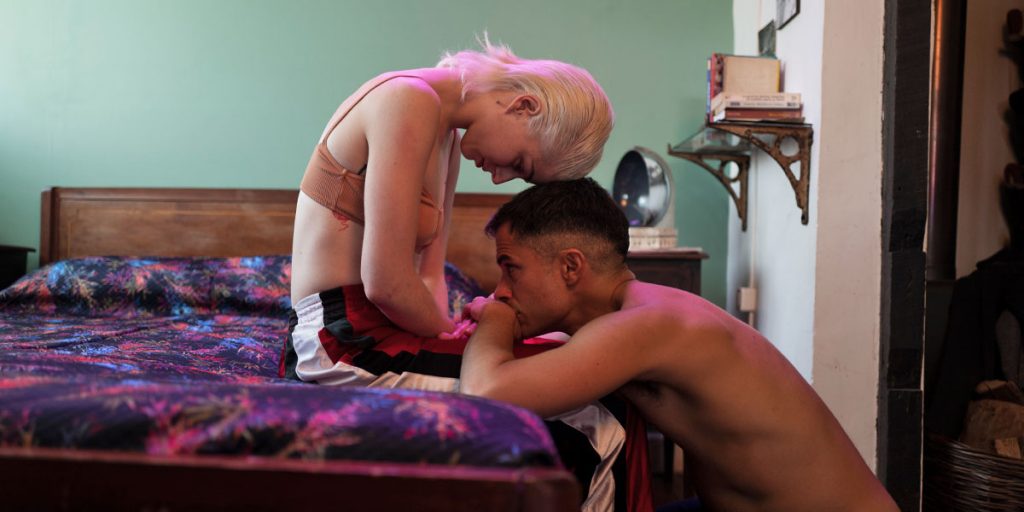Ema attempts – and fails – to integrate interpretive dance, familial tragedy, and lurid thrillers into one compelling picture.
Sometimes a film comes along that effectively upsets the apple cart of conventional film structure. Daring experimentation with the form can help lead to more effective emotional beats or new waves of achieving a certain tone. And sometimes those experimentations result in a movie working far less well than it could or should. Such is the case with Pablo Larraín’s Ema. Larraín (Jackie) attempts to juxtapose expressive dance with arch family drama, but the combination simply never coalesces.
The plot is surprisingly busy for a film seemingly so focused on tone and feel. The film’s protagonist is a young reggaetón dancer, the titular Ema, in the midst of a personal crisis. After her adopted son sets fire to her sister and is put back up for adoption (yes, this is actually the plot of the movie), Ema feels compelled to begin secreting herself into the lives of her son’s new family through flirtations and flamethrowers. It is a potentially interesting lurid potboiler premise that one could imagine David Fincher knocking out of the park.
Unfortunately, the film is burdened by some brutal overwriting. We are introduced to Ema’s marriage through a borderline embarrassing scene of our protagonist and her husband, played by Gael García Bernal (Y Tu Mama Tambien), describing their faltering marriage in long snippy hyper-sexualized spiels. The scene presents the sort of verbiage usually reserved for one actor stage shows and it simple does not work at all. Larraín’s staid direction of the dialogue scenes only exacerbates the problem. Bernal in particular is hung out to dry. His usual charisma is tragically muted, and he seems to be done in by the dialogue he must try to sell.
That said, there is some value here. Mariana Di Girolamo’s Ema is a reggaetón dancer. Di Girolamo brings great expressive physicality to the role. She brings a real live wire energy and a sense of sexual magnetism in her performance that makes clear why, apparently, every single person in Chile quickly falls in love with her. At the same time, she manages to carry a sense of tragedy and danger that simmers just beneath the surface. It is excellent work, deserving of a better movie surrounding it. I just do not believe anyone can sell this plot.

The film’s dance scenes – Bernal plays a troupe director and Di Girolamo is the star performer – are energetic and vibrantly directed. One noteworthy number sees the troupe dancing before a giant digital sun that shifts in color with the mood of the dance. It makes for a beautiful, stark image. For a few brief moments, the film really comes to life.
I would have loved to see Larraín attempt to tell this story entirely through dance, alas the overwrought family drama drags the film down.
Ema premiered at the Venice Film Festival in September 2019 and is now available to watch on Digital and VOD.

